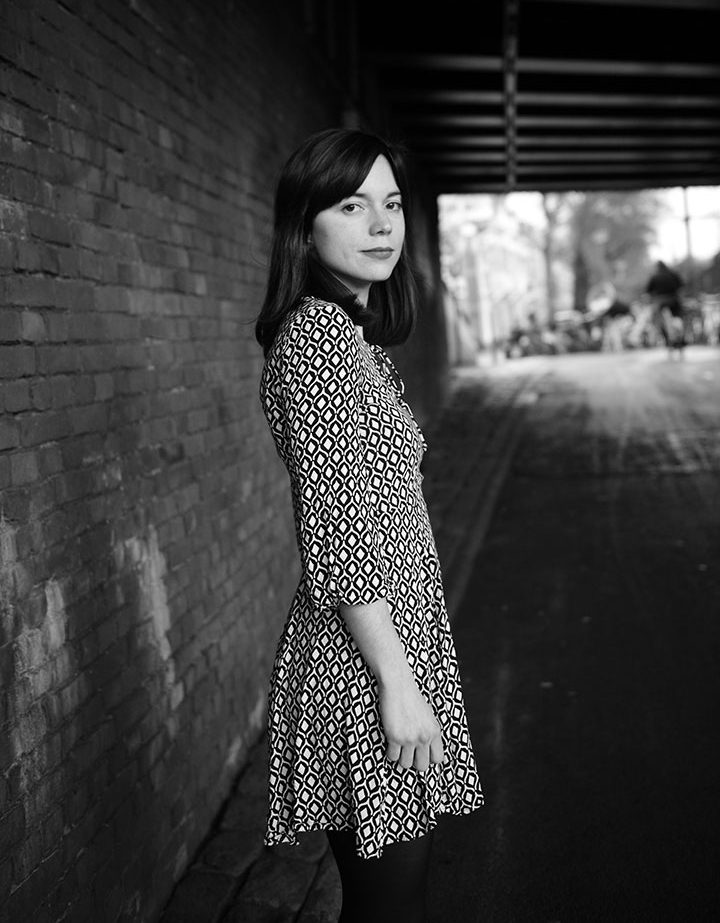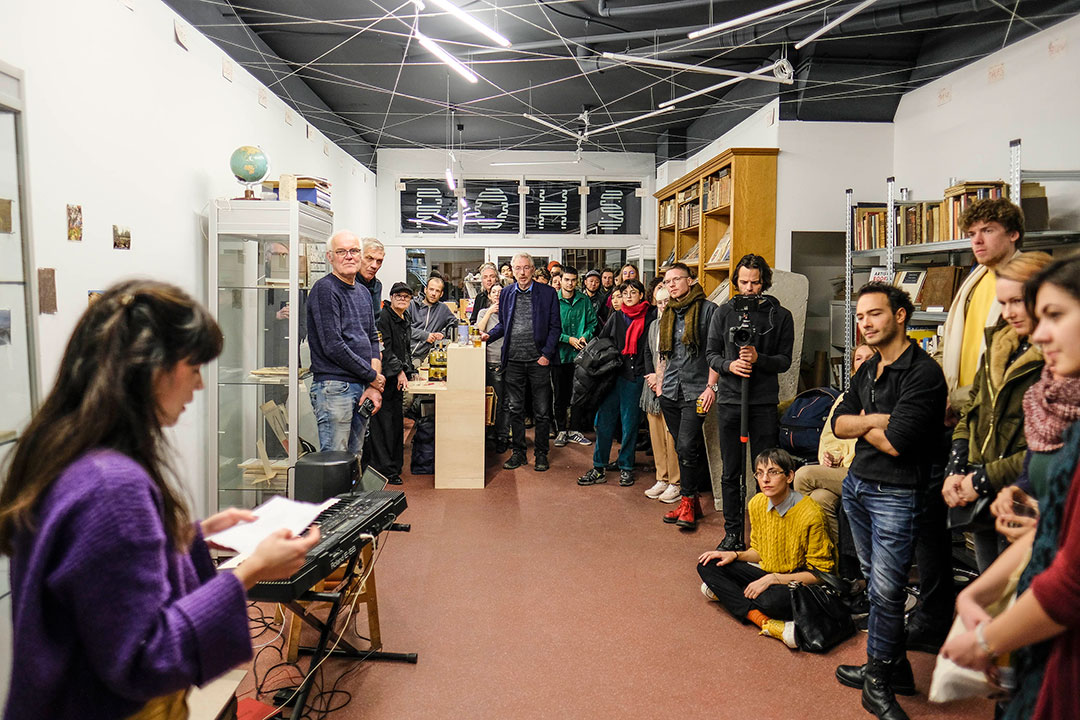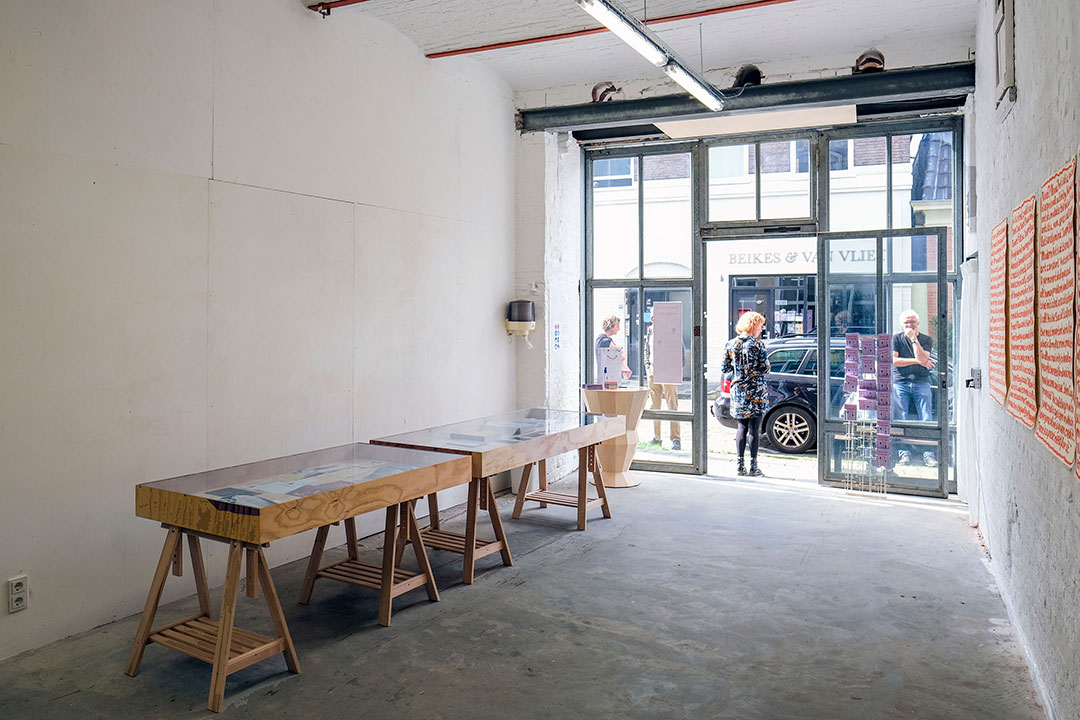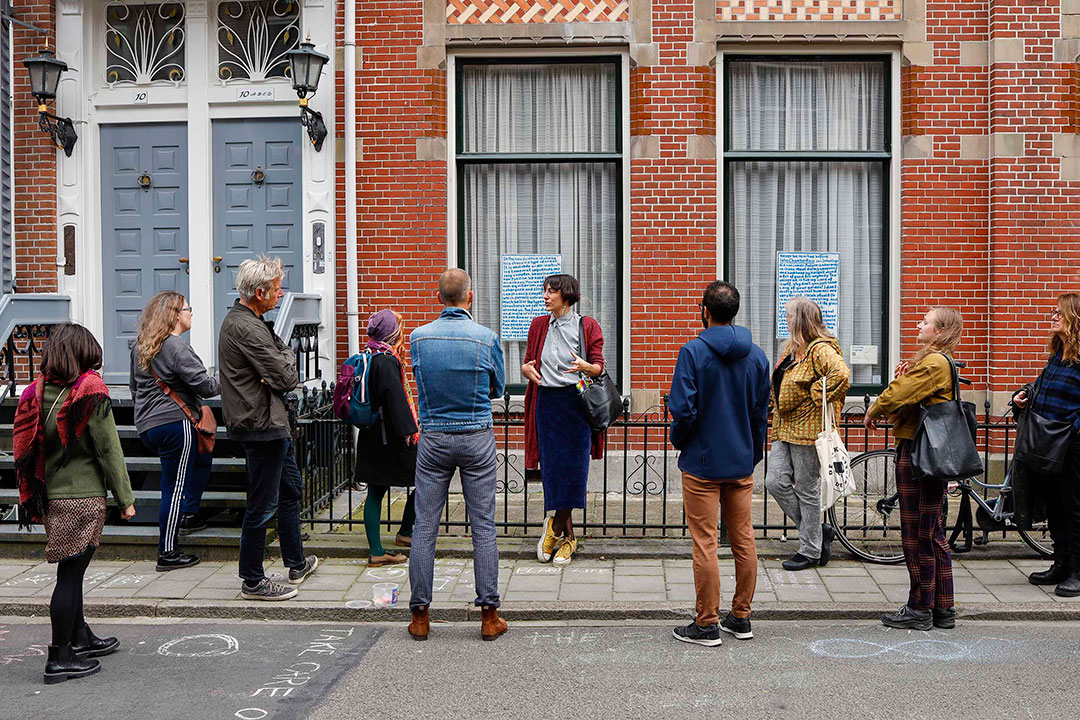Artists in the Periphery: Lola Díaz Cantoni in Groningen
In a time of pandemics and social isolation, we are starting to question the way in which our world is constructed more and more. Digital technologies make it possible for a large number of jobs to be performed from home or from wherever you want. Throughout the pandemic we have seen an enormous rise in the amount of online initiatives and platforms dedicated to art. Which begs the question; does it really matter anymore where you decide to base yourself as an artist? But it is not just artists who are thinking that; people from all walks of life have started to move back to more remote areas and by doing so they are reversing an age-old tradition of moving towards the economic hubs of our respective nations. However unsure a move like this might seem to some people, others have been toiling away at the fringes and the far away periphery of our metropolitan societies for a long time. Through this new series of interviews with artists located all over the world we are going to explore artistic practices which place themselves in the periphery of the art world.
First up in the series is Lola Díaz Cantoni, an artist originally from Buenos Aires, Argentina and currently based in Groningen, the Netherlands. She is a trained artist who also teaches, facilitates and organises platforms and activities to promote, stimulate and connect artists and art with the world. She is an active member of the ARTisBOOK Foundation, which since last September has gotten a new location at the Westerhavenstraat 14 in Groningen.

So.. How on earth did you end in Groningen of all places?
“That is an interesting story. Basically it all comes from the fact that I wanted to study art and that I am a very ambitious person. Which in turn meant that I had to move to Europe because that is where all the art is. The museums here have all the artworks that you only get to see in studybooks in Argentina. And in Europe there is money and opportunities, which makes it possible for someone to pursue a career in art.
Art has a very different position and role in society in Argentina than it does here. It is seen more as a commodity or as a commercial trading product and maybe as nothing more than an aesthetic. The art scene has been actualising and modernising itself a lot during the last decades but the museums and art spaces remain divided. There are blockbuster exhibitions and then there are self organised spaces with very little in between these two. Just imagine; the first time that I heard of an artist-run gallery was actually Groningen.
So from november 2013 until the summer of 2015 I moved to England where I worked as an au pair. Right after I had moved to England, I visited some friends in the Netherlands and I fell in love with the country, which made me decide that it was here that I wanted to study art. So I visited the Royal Academy of Art in The Hague, the Rietveld Academy in Amsterdam and Academy Minerva in Groningen. But it was at Academy Minerva that I felt like I was in heaven. I couldn’t believe the workshops and possibilities that there were. In Argentina this simply does not exist. My original goal had been to attend the Rietveld simply because I am ambitious. It was in Amsterdam and that is where everything happens. I made it to the last round of their selection procedure but in the end they didn’t choose me… but Minerva already had and that made the decision to move here very easy. Looking back I am so grateful that destiny has put me here.”
Why?
“I am a proactive person and that’s why I started to engage within the local art scene immediately during my first week in Groningen. It was in that very first week I already got to meet Angélica Das and was photographed as part of her work Humanae. The week after I got the chance to start assisting Andrea Stultiens from Academy Minerva, whom I had met at Angelica’s exhibition. You meet people very easily here through connections and casual encounters. I think it is one of the things that is special about Groningen.”
Isn’t that just the same way anyone builds up a network all over the world? Including more metropolitan places?
“Yes, but the people here are more laid back. There isn’t necessarily a feeling of competition but more of collaboration. People are open to give you things without ever asking anything in return. Like, you want a space to organise an event? Someone will have a space and will give it to you. It feels like a community where everything is possible as long as you take the initiative.”


Why is it that Groningen is less competitive?
“It is because we are in the periphery and that comes with its pros and cons. But the cons here work as pros. There are not as many given opportunities or as many established spaces as you would normally find in a bigger city. Here you have to work with what there is and you have to collaborate to create new places where you can work. And just because there isn’t as much a sense of competition does not mean there is no ambition. Both the people and the institutions are very ambitious with a strong focus on experimental art and emerging artists. Which also comes from a certain need but also from a drive to share, connect and say something.”
You are a trained artist and yet rarely is anything labeled as autonomous works of art. How would you define your artistic practice?
“I am well aware that within my practice I am mostly facilitating, organising and collaborating rather than creating “autonomous” works of art. I stopped doing autonomous works ever since the last year of art school. My practice is very socially engaged and focuses on creating new or different ways of interacting with and through art. Which, for example, comes in the form of creating new platforms or spaces for sharing different types of artistic expressions like the projects Does It Have A Name? and Tomorrow’s Language. Does It Have A Name? were monthly performance evenings at the ARTisBOOKshop where we wanted to showcase performance art since there wasn’t a venue for this in Groningen. Tomorrow’s Language is an example of a project that lies close to my personal interest in bringing art outside of the institutions. The works featured in the exhibition were displayed in windows around the city, in the houses of people that did not necessarily have any relationship to art or the art scene. We first chose the windows that we wanted to use for display rather than selecting people that would be willing to participate. The dialogue that came from this was very rich and diverse.”
One of the most notable things within your current practice is the ARTisBOOK foundation. What does the foundation do and how does it fit into the local art scene?
“I would define it as a platform for experimentation and research within the world of the artists’ book and printed matter. The basis for our foundation is that we want to support artists working within these fields and broaden up the spectrum of these media. We are interested in creating a space to showcase established but also emerging, young and local artists. We want a direct connection to the people that are part of Groningen, which is why we are developing projects with Academy Minerva for example. We are also creating a designated space to sell works by emerging artists. We have an archive of books and artists’ books that are publicly accessible.


Doesn’t it complicate things when it comes to the ownership of the projects that take place there if you define ARTisBOOK as part of your artistic practice?
My activities at ARTisBOOK and other initiatives might not be what normally is perceived as an artistic practice, but to me it is. There are currently three active members at the foundation (Henk Woudsma, Pieter Augustijn and me) and each brings their own personal research and views to the foundation. For me it is a playground where I develop my ideas of what art can be, how to present it, how to understand. So again I function in this as a facilitator, which is an integral part of my practice. And when it comes to ownership; it is natural to worry about such things because that is the way that we have dealt with art so far. However I do think that we need to reinvent the notions and ways in which we think and talk about art. Even a word such as “curator” comes with enormous baggage and all kinds of preconceptions attached to it nowadays. Still, most people whom I work with don’t care about things such as ownership. In the new practices that are emerging such questions are not as important or no longer relevant. It is not about who owns what part of the process but it is more about what the impact of the process is.”
You have been in Groningen for quite some years now, do you think you will ever move on? Is there enough challenge here to keep you here forever?
“To be very honest, I have mixed feelings. Like I said before, I am an ambitious person and I always want to challenge myself. When I came here my biggest goal was to work at the Groninger Museum because that seemed like the place to be. So since that time I have been trying to get a job there and even to volunteer time and time again but I always got rejected. I have had many email exchanges with Andreas Blüm about many different ideas and propositions but nothing ever came out of that. Sadly, the museum is just a monument you see as you come from Central Station. It is on its own and has no connection to Groningen and its cultural scene or its emerging artists. It is a wasted opportunity but it is hard to change their mind. So I just started doing my own things and surrounded myself with people that do appreciate me and my work. But I am always looking for new challenges which might result in me leaving. I think I will eventually. Which is also because I constantly seek new opportunities that challenge my perspective and values. Sometimes I get the feeling that I know everyone, have been to every place and that I can get a grasp of everything that is going on. On the other hand that is also totally not true. I am continuously developing new projects and working with different people and institutions. So then the mixed feelings disappear quite quickly. My excitement and enthusiasm for what is possible hasn’t diminished. I have a lot of freedom with the new space of ARTisBOOK and it is the perfect place to put my ideas into action. I want to work together with people that share ambitions similar to mine.”
